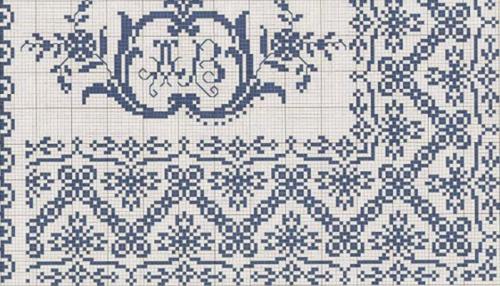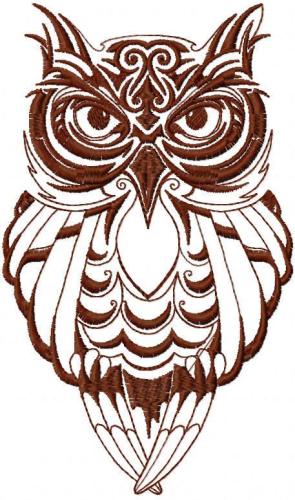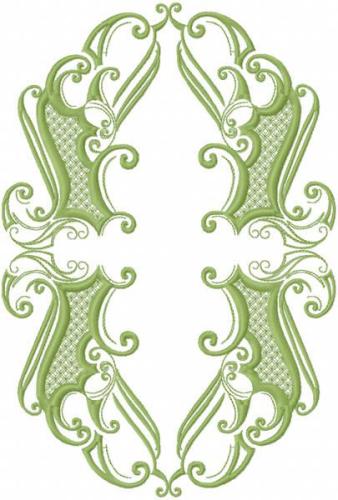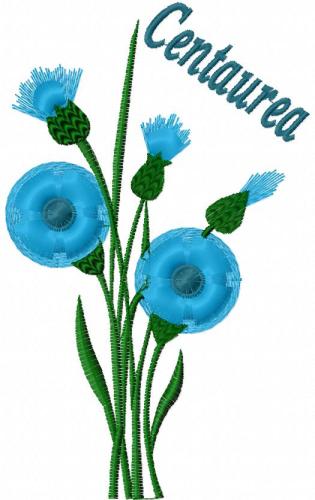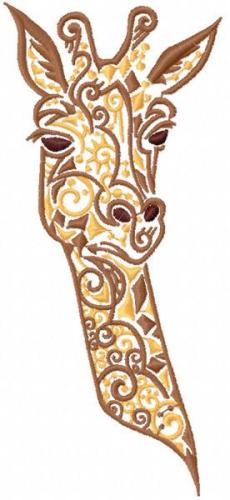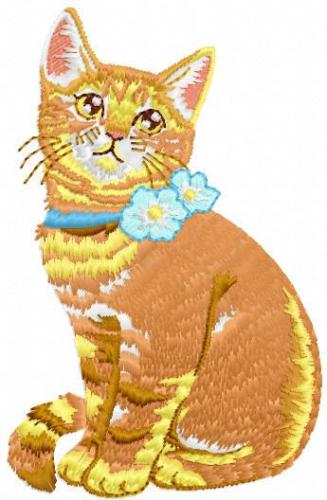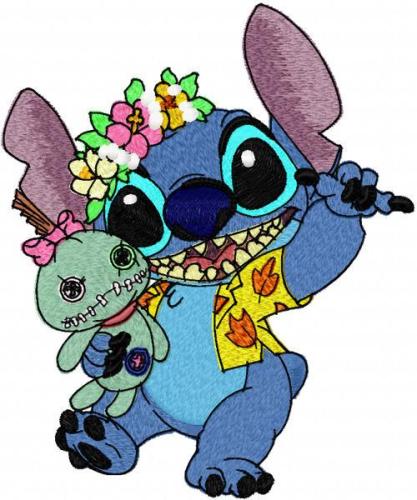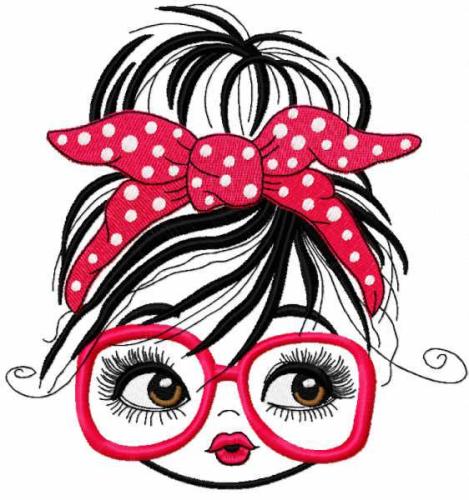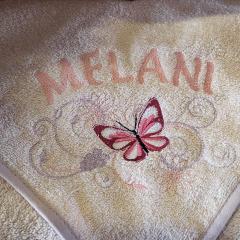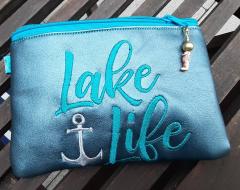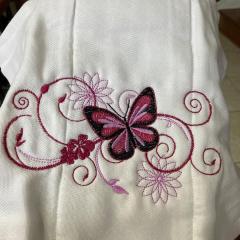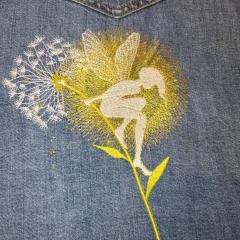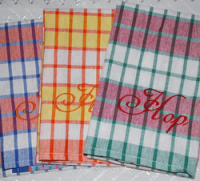
Original text by Marina Belova
We all use fabric or some other material as a base for our machine embroidery. Machine embroidery is possible on a huge variety woven and non-woven fabrics and also knitwear. The machine embroidery design construction in many ways depends on the properties of the fabric that is going to be used as a base.
Today I decided to delve into the properties of the woven materials. I'd singled out 3 groups of properties that have the great influence over the embroidery:
Main properties of the woven materials concerning with structure:
Density which is determined by the number of the warp and weft yarns in 10 cm of the fabric. There are tightly woven, loosely woven and open fabrics.
The interweaving of the yarns has an impact on the durability of the fabric, its texture, elasticity, thickness, coarseness, proneness to fraying and shrinkage.
Main (simple) types of weave
- Plain weave. Front and back side look identical. The fabric is highly durable.
- Twill. Diagonal lines are distinctly visible on the fabric, running out from below left to upper right or upper left to below right. The first one is more common. Though such fabrics have a smoother surface, they are less durable than plain weave fabrics. They are distinctive for their softness and elasticity, their ability to arrange in folds and their stretchiness, especially diagonally.
- Satin — has a smoother and evener surface than twill, is shinier, softer and more elastic and also ravel-prone.
- Huck-a-back
- Ribbed — has longitudinal or crosscutting ribs on the fabric.
- Basket weave — has square-shaped ribs of the fabric.
- Three-dimensional weave — a picture where warp or weft threads is raised.
- Complex weave — made by 3 and more threads.
- Jacquard is made by 3 and more threads.
Geometrical properties
- Thickness — distance between the protruding parts of yarns on the right and wrong sides. Depends on the thread thickness, their curvature, type of weave, density and finishing. Plain weave fabrics are the thickest, twill and huck-a-back a bit thicker and complex weave cloths are the thickest. The choice and expenditure of threads, also the choice of needles and stabilizers depends on the fabric thickness.
- Surface density is weight per 1 m2 of the fabric.
Mechanical properties show how the fabric reacts to the forces imposed upon it.
- Tensile deformation
- Flexural deformation
Technical properties, which characterize various stages of embroidery production.
- Proneness to slip — depends on the surface: on the yarns and weave.
- Cutting resistance.
- Fraying ability — the ability of threads to slip and drop out of raw edges. Depends on the types of threads, their weave, density, and finishing.
- Shrinkage — ability of the cloth to decrease in size under the influence of heating and water.
- The ability of extrusion while washing and pressing — the ability of the fabrics to take a shape and retain it in wear. Depends on the fiber composition and fabric structure.
- Yarn slippage — shifting of the yarns against each other under the influence of outer forces, which damage the structure and look of the fabric. Low-density fabrics are marked by it. These are silk cloth, organza and so on.
- Proneness to needle cutting is what causes the damage to the fibers by a needle. It depends on fabric structure and type of finish, density, the right choice of needles and threads. Plain weave is easier for the needle to cut through, therefore, these fabrics are damaged more often than the ones with twill or satin weave.
- Compressibility — the ability of the fabric to become thinner when being compressed. It characterizes thread expenditure and seam structure.
Thick loosely spun fabrics like drape cloth and baize are compressible, the seams lie deep and are not visible. Coarse fabrics are almost non-compressible, the seams protrude from the surface, are visible to the eye, and these fabrics require more threads.
All these particularities of woven cloth make their mark on the digitizing process — every one of them has its own underlay properties, push and pull compensation, density values and so on. Therefore, there are no settings that are good for all types of fabric simultaneously, and you need to make alterations every time. Besides, the properties of the fabric influence the embroidery process: the (im)possibility of hooping, the hooping method, the choice of stabilizers, etc.
-
 1
1


